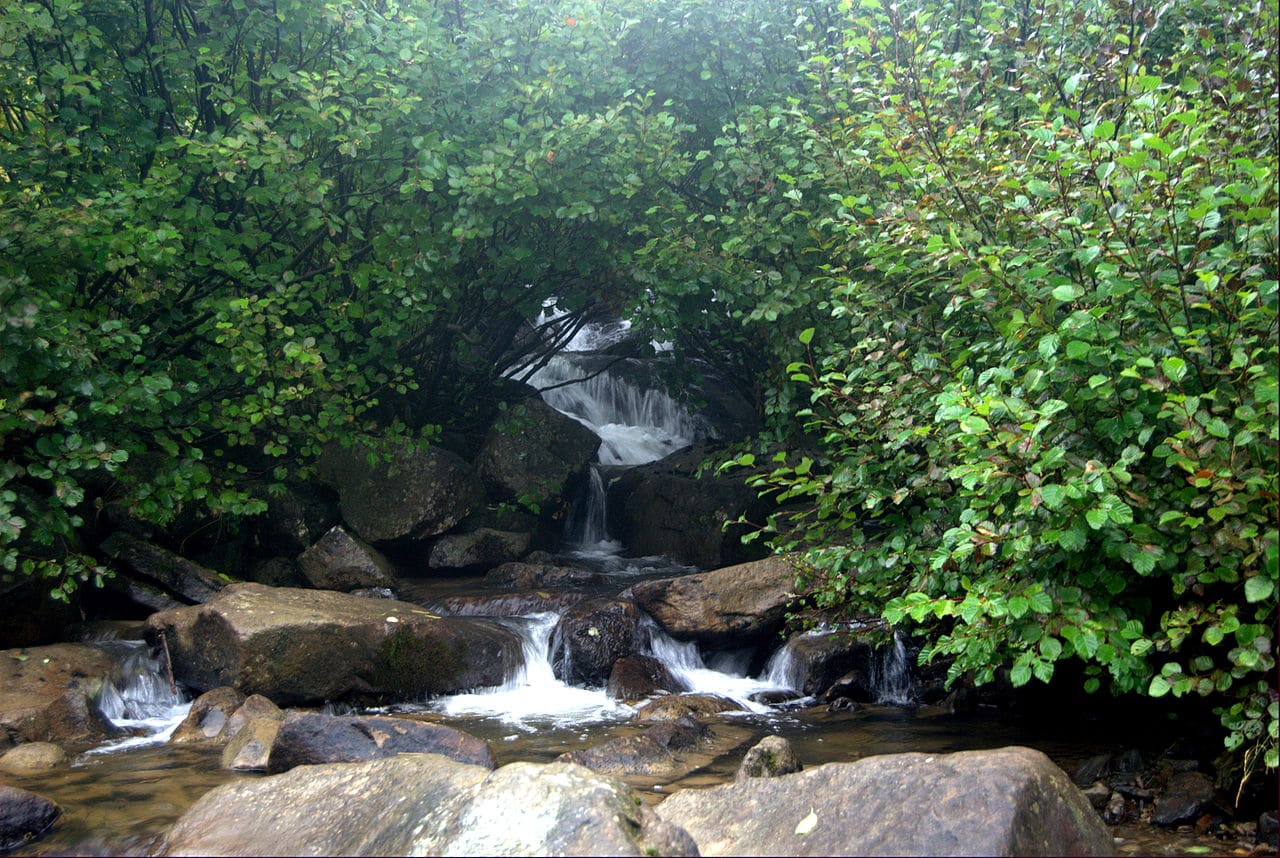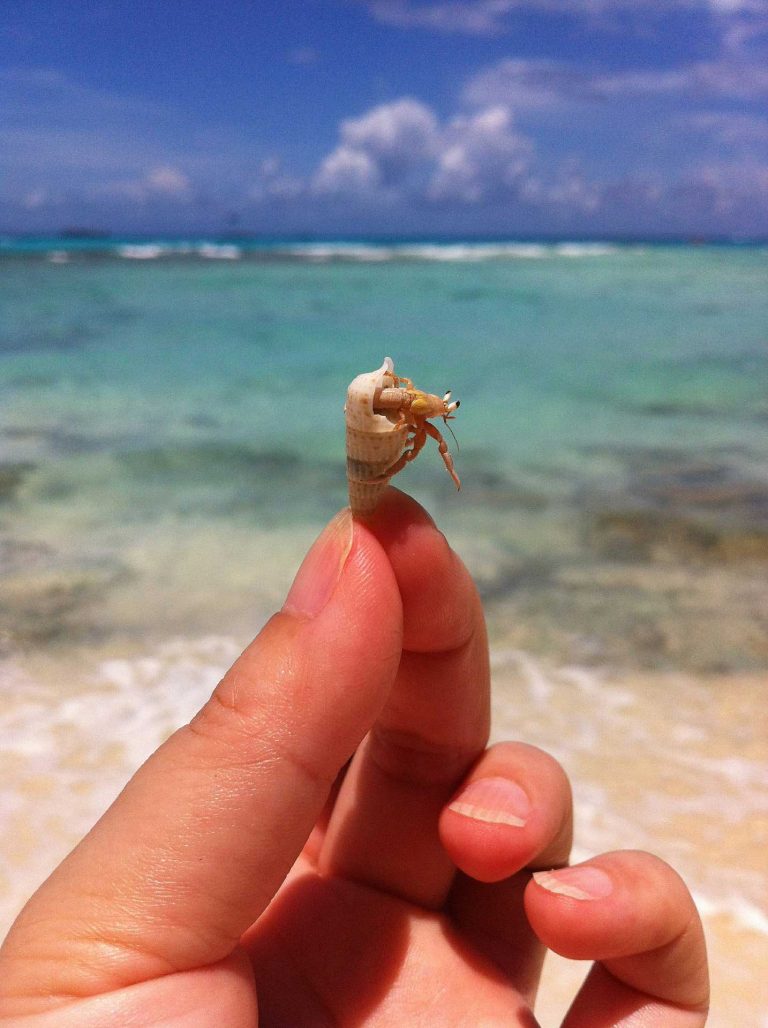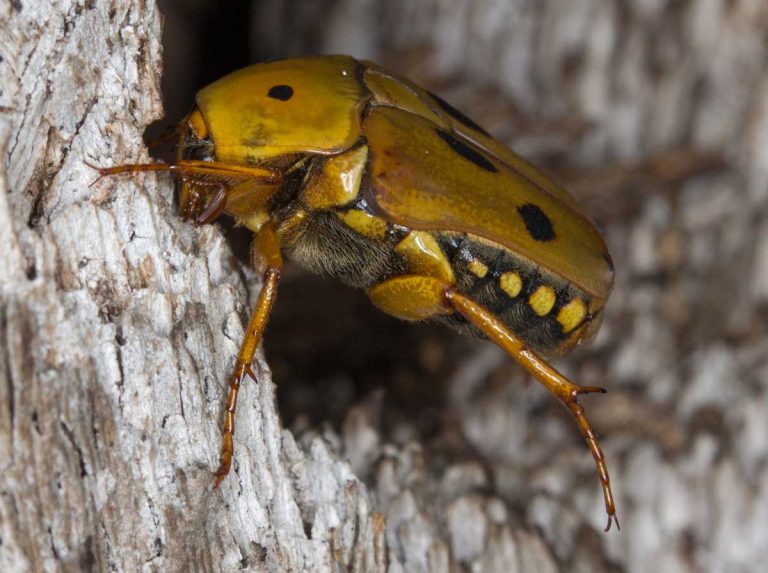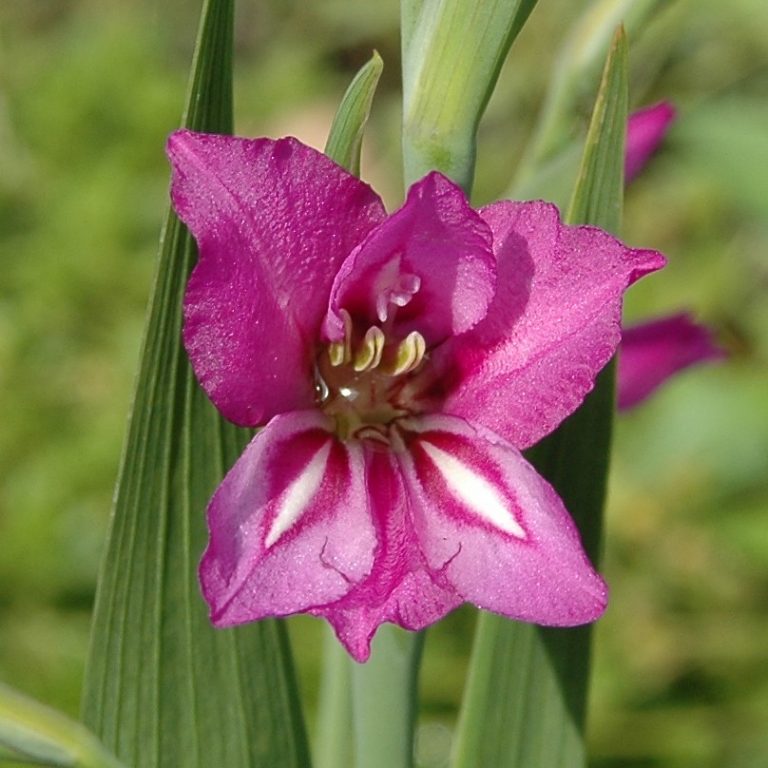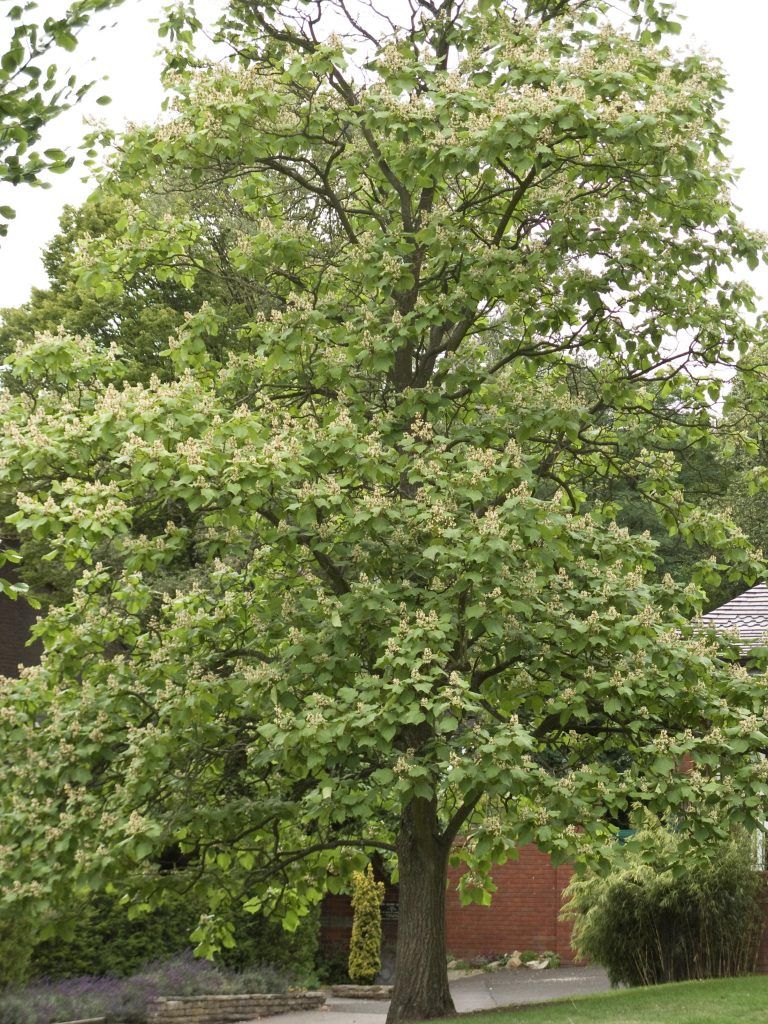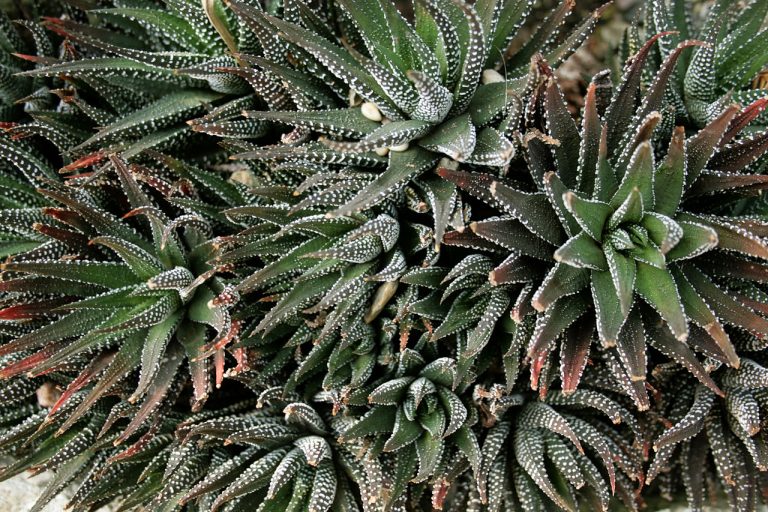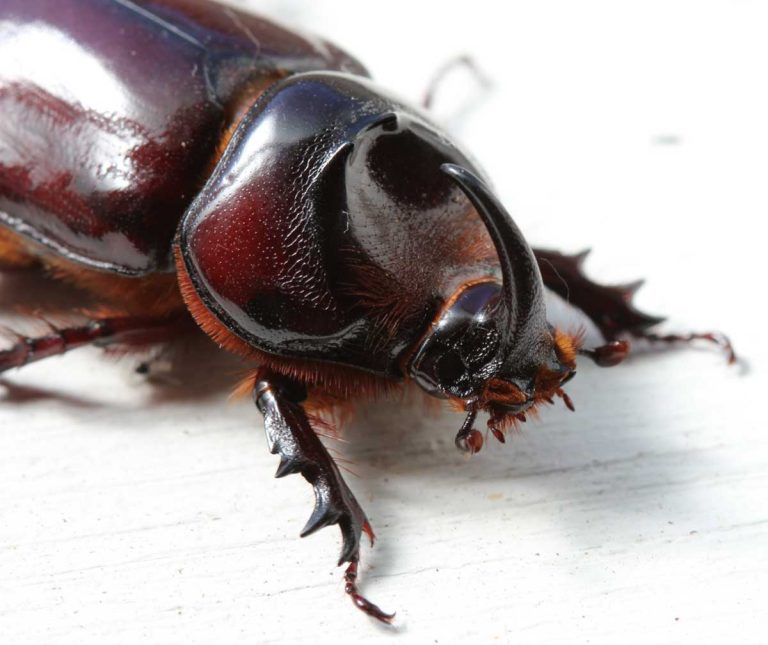Green Alder
Scientific Classification
| Kingdom: | Plantae |
| Genus: | Alnus |
| Family: | Betulaceae |
| Species: | A. Viridis |
| Order: | Fagales |
The Green Alder tree is also known as Alnus Viridis, it is a deciduous tree. In the cooler parts of the Northern Hemisphere, the Green alder tree is widely distributed. It is a small tree. It is commonly known as Sitka Alder, Mountain Alder, and also Wavyleaf Alder. It is about 3 to 12 meters tall. It is a spreading and tall shrub. It is a fast-growing tree. It is very popular for its delicate and light features. The flowers of the Green alder trees are monoecious. Both female and male plants are found on the plant. It can fix atmospheric nitrogen. This nitrogen is used by the growing plants. Their flower occurs in the month of April to May. Green alder trees are used in the prevention of soil erosion. This tree has the quality of fixing nitrogen bacteria in its root nodules. So, it can survive in many soil conditions. On infertile soil, it is also used for afforestation.
Anatomy
The leaves of the green alder trees are shiny, green in color and have light green undersurfaces. The leaves are about 3 to 8 cm long and 2 to 6 cm broad. The leaves are very simple and finely toothed. The flowers of the green alder tree are catkin, appearing after the leaves emerge in the late spring season. While, female catkins of the green alder are woody, ball shaped and purple in color, its bark is dull, smooth, thin, slightly grooved and reddish to grayish brown in color. The flowers of these trees are pollinated by insects and the wind. The fruits of these trees are small in size and brown in color and have a cone, which contains many tiny seeds which are spread by the wind and insects also.
Habitat
Green alder tree are commonly found on recently cut, covered forest land from Eastern Saskatchewan, Ontario to the lake country of Manitoba. The Green alder is native to the Mountains of southeast Europe and to the Alps. It thrives along rivers and streams. The Green alder trees grow in Alaska, Canada and Northern Siberia. They are found on mountains, rocky shores and slopes. It found thickest or single along the lakeshores, streams, coasts and muskeg margins or bogs and on sandy or gravelly slopes at sea level. It is distributed from the Yukon Territory and central Alaska, British Columbia, western Alberta and from northwestern California to Washington and from east to central Montana and Idaho.
Growing at Home
Soil
The Green alder tree grows best in dry soil. It cannot survive in alkaline soil. It cannot tolerate drought. Sandy, rocky and gravelly soil is good for alder tree. Well drained, moist and wet soil are ideal for these trees. Loamy and clay soil is suitable for it. It can also grow in nutritionally poor soil and heavy clay soil. It has the ability to tolerate infertile soil and lime.
Uses
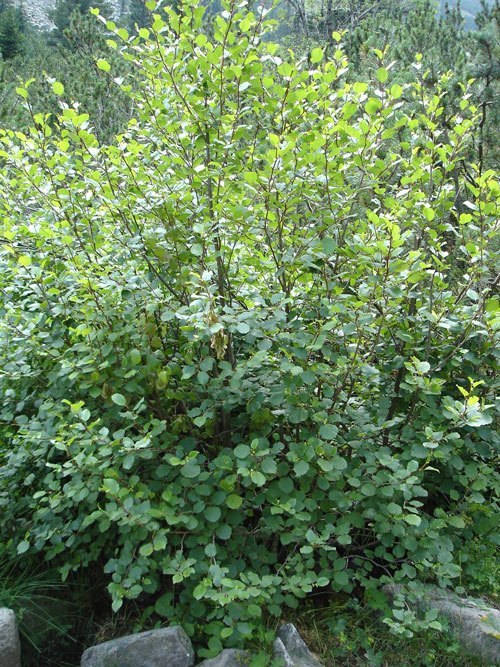
Photo by: Georgi Kunev
The wood of the green alder tree is used in the making furniture, smoking salmons and cabinet manufacture. The oil of the bark of alder tree is used in treating nausea, muscle aches and diarrhea. The heated leaves of this tree are used in the treatment of skin diseases. The inner bark is scraped and then used in the making salads and cakes and also mixed with many recipes. The leaves of the green alder tree are used externally and internally; they are used as a medicine; as a tea in the treatment of fever and infections. The tree is also used in making cloth dyes and in leather tanning. The ashes of the green alder tree are used as a tooth cleaner. The decoction of this tree’s bark is used to reduce the stomach gases. The wood is used in the making of furniture, turnery and cabinetry and in the manufacturing of charcoal and Millwork.
Care
Green alder trees require regular pruning. Sunlight is necessary for the better growth of the tree. Over fertilizing is not good for them.
Watering
Green alder trees require watering regularly. For better growth daily watering is ideal for them.
Planting
Seeds of these trees are best sown in the cold frames. Seeds which are sown in spring season can germinate successfully.
Pests
Green alder tree is damaged by alder flea beetle. Macrohaltica Ambiens can damage the leaves of this tree. Both larvae and adults feed on them. Green alder sawfly feeds on the leaves and lay eggs on them in the spring and summer season.

Having discovered a fondness for insects while pursuing her degree in Biology, Randi Jones was quite bugged to know that people usually dismissed these little creatures as “creepy-crawlies”.

